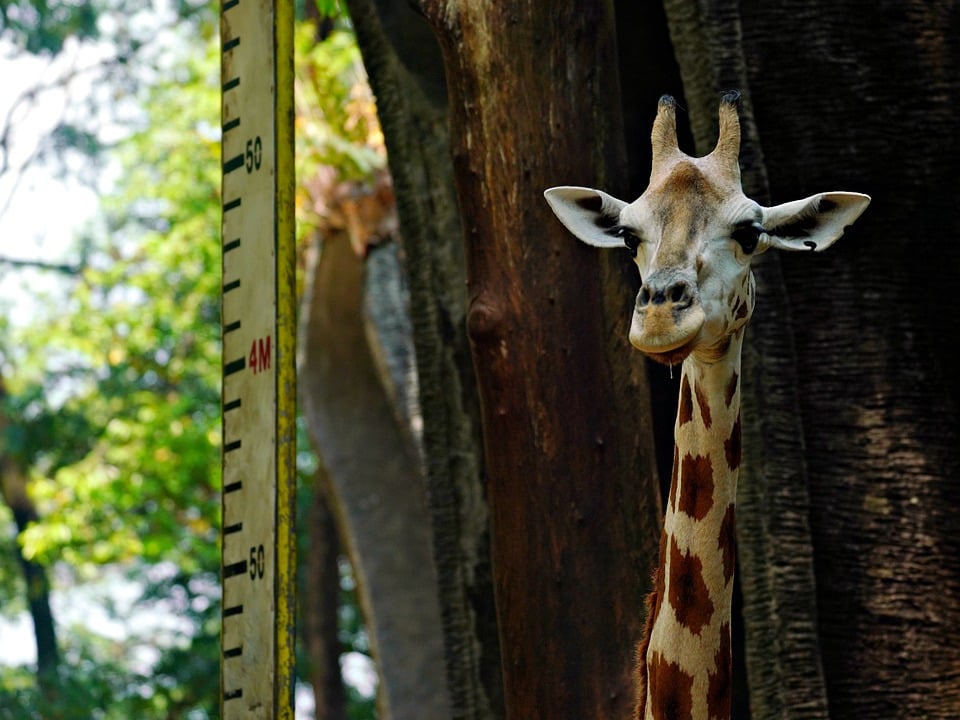The Evolution of Self-Reflection: How Neuroscience Can Inform Personal Growth
Self-reflection is an ancient practice that has been a cornerstone of human development, allowing us to learn from our mistakes, refine our thoughts, and shape our personalities. However, in the era of rapid technological advancements and shrinking attention spans, the art of self-reflection has evolved significantly. With the emergence of neuroscience, we can now explore the neural mechanisms underlying self-reflection and harness its power for personal growth.
The Neuroscience of Self-Reflection
Recent studies have shed light on the neural networks involved in self-reflection, revealing a complex interplay between different brain regions. The prefrontal cortex, a hub of executive function, is responsible for working memory, decision-making, and planning. Meanwhile, the default mode network (DMN), comprising regions such as the medial prefrontal cortex and the posterior cingulate cortex, is responsible for introspection, self-referential thinking, and mind-wandering.
When we engage in self-reflection, the DMN is activated, allowing us to disengage from the outside world and focus on our internal experiences. As we reflect on our thoughts, emotions, and behaviors, the prefrontal cortex is simultaneously activated, enabling us to evaluate, analyze, and adjust our mental models.
The Evolution of Self-Reflection
In the past, self-reflection was often a solitary activity, taking place in quiet contemplation or through written journals. With the rise of social media, self-reflection has become a more social and interactive process. Today, we can engage in online discussions, reflect on others’ experiences, and receive instant feedback from our digital communities.
However, this shift towards social self-reflection has also raised concerns about the potential drawbacks of online echo chambers, emotional contagion, and the blurring of boundaries between personal and public spheres.
How Neuroscience Can Inform Personal Growth
By understanding the neural mechanisms underlying self-reflection, we can develop strategies to optimize its benefits for personal growth. For example:
- Mindfulness meditation: Practice mindfulness meditation to strengthen the connection between the prefrontal cortex and the DMN, enhancing your ability to focus on internal experiences and reflections.
- Journaling: Write down your thoughts, emotions, and reflections to engage your prefrontal cortex and improve your ability to evaluate and adjust your mental models.
- Social reflection: Engage in online discussions and reflect on others’ experiences, while being mindful of potential biases and echo chambers.
- Neurofeedback: Use neurofeedback training to monitor and control your brain activity, enhancing your self-awareness and emotional regulation.
Image
[Illustration: A brain with a mirror, symbolizing self-reflection. The mirror’s surface is divided into sections representing different brain regions, such as the prefrontal cortex and the default mode network. The illustration is surrounded by a circle with a subtle gradient, representing the intersection of neuroscience and personal growth.]
Frequently Asked Questions
Q: How can I develop greater self-awareness through self-reflection?
A: Practice mindfulness meditation, journaling, and engage in social reflection to strengthen your neural connections and increase your self-awareness.
Q: What are some common pitfalls of online self-reflection?
A: Be aware of potential biases, emotional contagion, and the blurring of boundaries between personal and public spheres.
Q: How can I use neurofeedback to improve my self-reflection?
A: Use neurofeedback training to monitor and control your brain activity, enhancing your self-awareness and emotional regulation.
Q: Can self-reflection be done alone or with others?
A: Both! Self-reflection can be a solitary activity, but it can also be a social and interactive process, whether online or in-person.
By harnessing the power of neuroscience and embracing the evolution of self-reflection, we can cultivate greater self-awareness, emotional intelligence, and personal growth.



